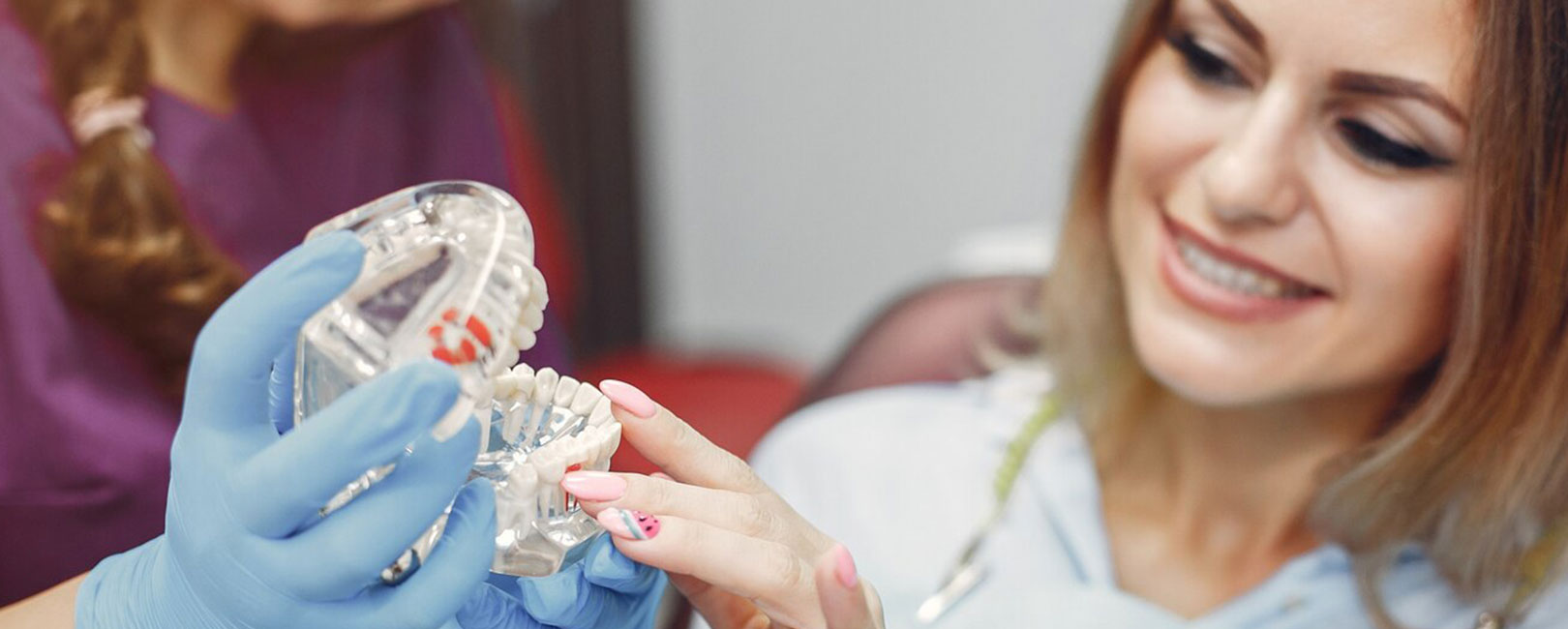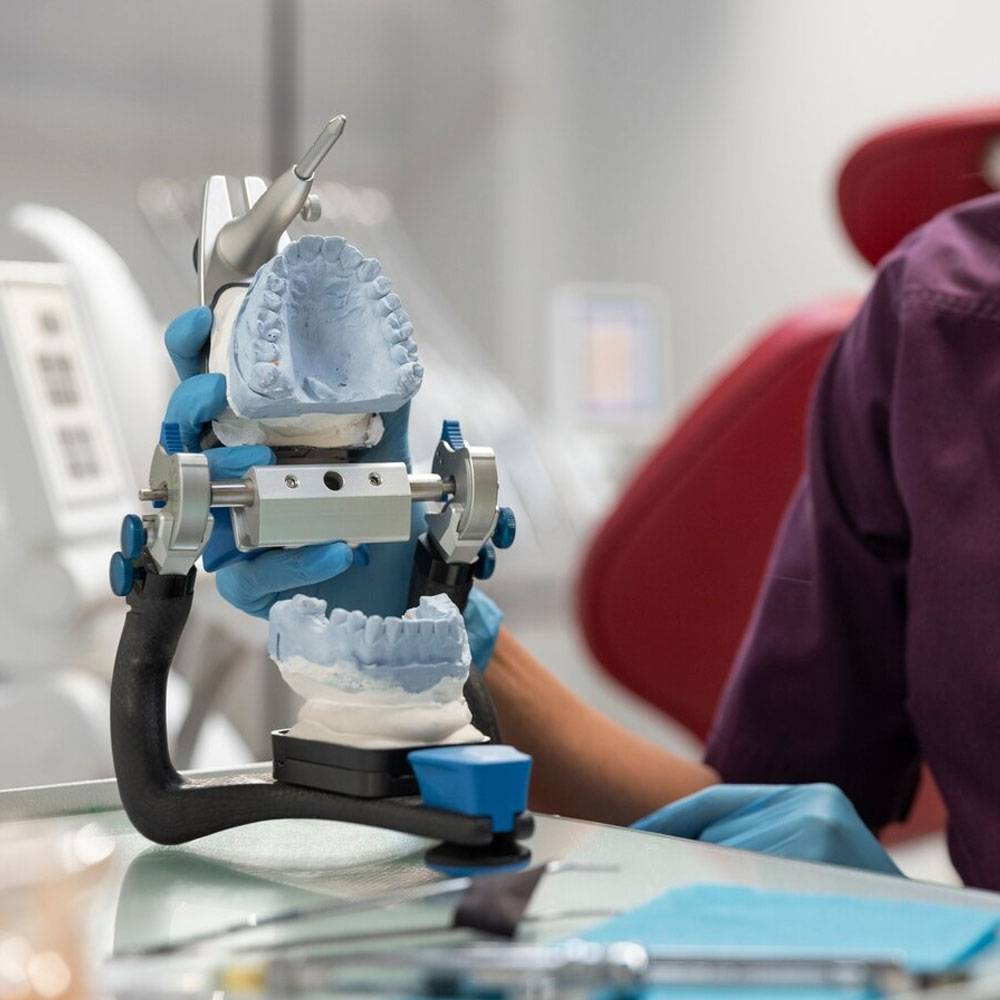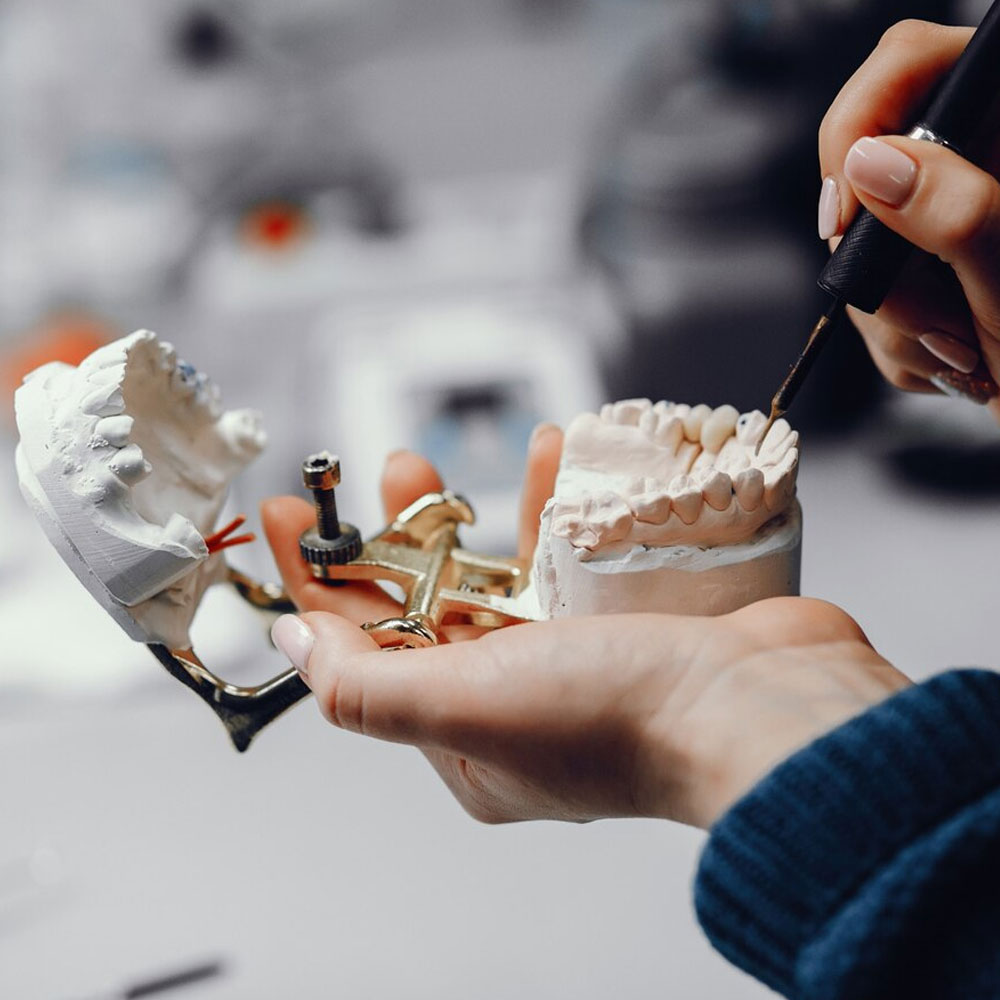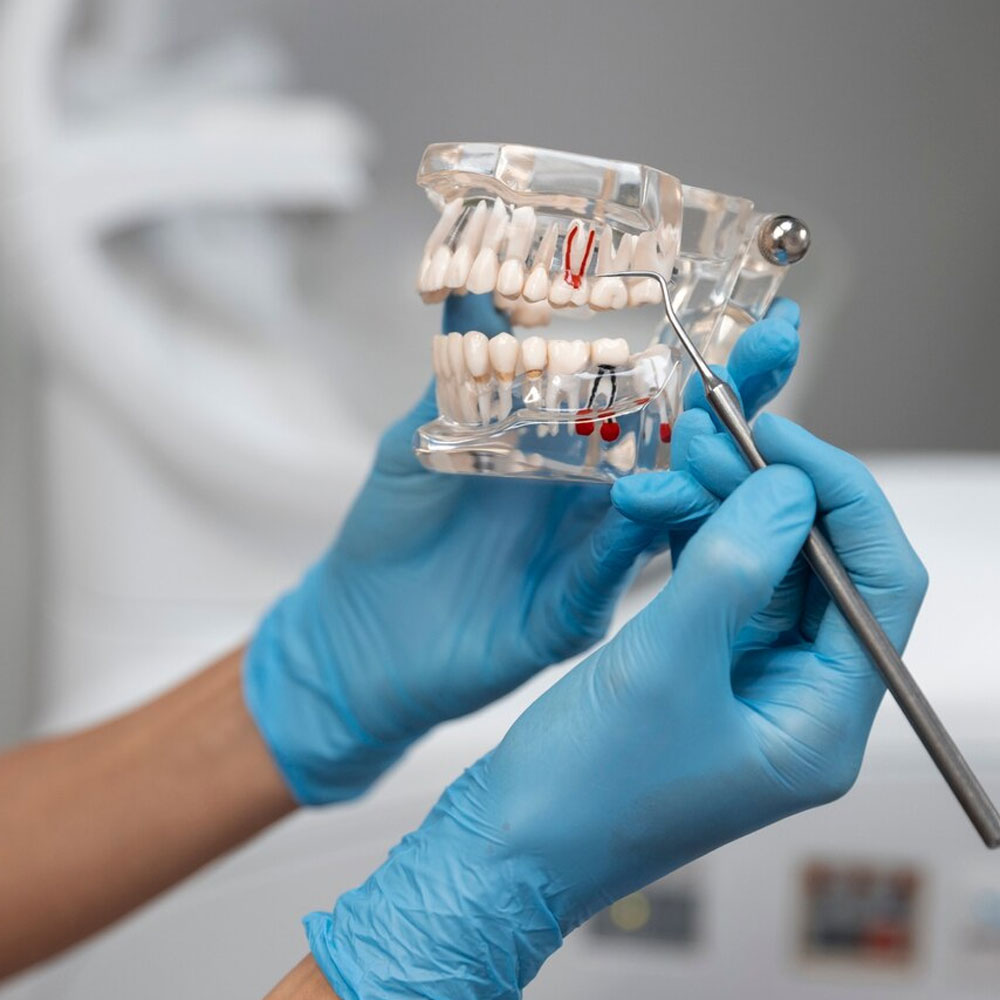
Clear Aligners are a modern alternative to traditional metal braces, and they appeal to a wider audience because of their discreet appearance and comfortable design, as well as their effectiveness in teeth straightening. If you have ever wondered how these aligners are manufactured, this blog post is for you.
Introduction of Clear Aligners Systems
Clear aligners are transparent, and custom-fit trays gently move your teeth to their desired positions; they are made from a strong, flexible plastic material designed to fit snugly over the teeth, applying gentle pressure to shift them over time. These virtually invisible teeth straightening options are popular for people looking for an aesthetically pleasing orthodontic treatment.
Highly flexible yet strong, these innovative aligners can be customized to correct individual jaw/tooth misalignments (malocclusions). This groundbreaking advancement started with the idea of merging transparent teeth-straightening with 3D technology, shaping each set of aligners to shift teeth gradually and safely.
This clever use of technology transformed orthodontics, adapting to evolving patient needs in aesthetics, comfort, and customization, offering an almost invisible option that’s more flexible and convenient than traditional braces. It made orthodontic treatment easier than ever for patients.
How Clear Aligners Are Made
If you are ever amazed by how clear aligners fit so well and feel comfortable in your mouth, let’s look at the process of how clear aligners are made and how technology helps create an aligner perfect for your teeth.
STEP 1: IMPRESSION TAKING
Clear aligner treatment begins by taking digital impressions, and the accuracy of these impressions is important for acquiring good results and ensuring the patient’s comfort during the treatment. There are two common methods for taking impressions: physical impressions using dental putty and digital scans using intraoral scanners. At Aligner Experts, we prefer digital scans due to their advantages in terms of comfort, safety, and ease of transmission to our laboratories.
STEP 2: DESIGN PROCESS
The design process of Clear Aligners is crucial to ensuring their quality. Orthodontists, who specialize in the movement of teeth, play a key role in the aligners’ design; while general dentists may be certified, they may not have the same level of expertise in orthodontics. Aligner Experts value patient input during this process, and our specialists work closely with lab technicians to create a treatment plan that meets the patient’s priorities and orthodontic principles.

STEP 3: MODEL BUILDING
Clear aligners aren’t directly 3D printed; instead, a 3D model of the teeth is printed for each treatment stage. This step results in significant costs due to the equipment, materials, and time involved. The accuracy of 3D printers and the quality of resins used impact aligner quality. Ongoing advancements in technology are making this process more efficient, with potential breakthroughs in the direct 3D printing of aligners.
STEP 4: ALIGNER FABRICATION
Once the 3D models are printed, the aligners are manufactured. A thin thermoplastic sheet is heated, applied to the mold to take the shape of the teeth, then cooled and trimmed. The manufacturing process can be manual or automated, and the choice of material affects the overall comfort and effectiveness of the aligner.
Technology and Advancement
Clear aligner technology has advanced significantly to improve the treatment precision and efficiency; let’s look at the advancements in clear aligner systems:
Smart Tracking
Orthodontists can now create precise 3D models of teeth to create a customized treatment plan using digital scanning and imaging technology, where each aligner is designed to move the teeth in the right position. Smart tracking technology, such as our Dental Monitoring App “Cassee” is also used to ensure that the orthodontic treatment is progressing in the right direction.
Accelerated Treatment
Innovation in orthodontic treatment such as high-frequency vibration and photobiomodulation therapy has improved the movement of teeth and reduced treatment time significantly without compromising the effectiveness of the treatment; this is particularly useful for people with busy schedules or have a need for quicker results.
Integration Of AI
AI has shown promising results in improving the accuracy of orthodontic diagnosis, treatment planning, and predicting treatment outcomes. Aligner Experts leverage AI to create a personalized treatment plan for patients, which minimizes the need for adjustments, improves treatment efficiency, and streamlines the entire treatment process.
Aligner Attachments
Clear aligners now feature unique attachments that enhance the precision of treatment. These small, tooth-colored attachments act as assistants to the aligners, aiding in moving teeth in complex ways to address even the most difficult cases. With these attachments, additional control is provided to ensure that treatment progresses smoothly, particularly in challenging scenarios.

Future of Clear Aligner Systems

As clear aligner technology advances, innovation in orthodontics promises an exciting future. Here are some developments that may improve the aligner systems further:
Biodegradable Plastics
Biodegradable plastics are another exciting development in the field of clear aligner production. Aligner Experts is at the forefront of using environmentally friendly materials in clear aligner production. By using sustainable materials, clear aligners become more eco-friendly, reducing the environmental impact of orthodontic treatment. Our researchers are actively exploring the use of biocompatible materials, including natural polymers, to improve the comfort, durability, and overall performance of aligners. Future clear aligners may offer even better patient experiences with the integration of these biocompatible substances.
Real-Time Monitoring
One of the most promising advancements in clear aligner technology is real-time monitoring. With our dental monitoring app, “Casee,” we can monitor treatment progress, movements of teeth, pressure exertion, and patient compliance, all in real-time. With the integration of sensors and wireless technology, future aligners may be able to collect this valuable data and transmit it to orthodontists remotely. This allows for continuous monitoring of treatment progress and enables orthodontists to make necessary adjustments promptly, ensuring optimal outcomes for patients.
Predictive Analysis
By analyzing a patient’s dental history, genetic factors, and treatment progress, predictive algorithms can anticipate the optimal treatment plan for everyone. This could lead to more accurate predictions of treatment duration, improved patient experiences, and enhanced treatment outcomes. By utilizing the power of predictive analytics, we can tailor treatment plans to meet the unique needs of each patient, which results in more efficient and effective aligner treatment.
Conclusion
In conclusion, clear aligner systems have transformed orthodontics, providing a discreet and convenient alternative to traditional braces. Technological advancements have made the treatment process efficient and tailored to individual needs.
The continuous progress in technology hints at exciting future innovations in clear aligner manufacturing. If you’re looking to improve your smile and achieve straighter teeth, consider scheduling an appointment with Aligner Experts to explore the benefits of at-home aligners.


